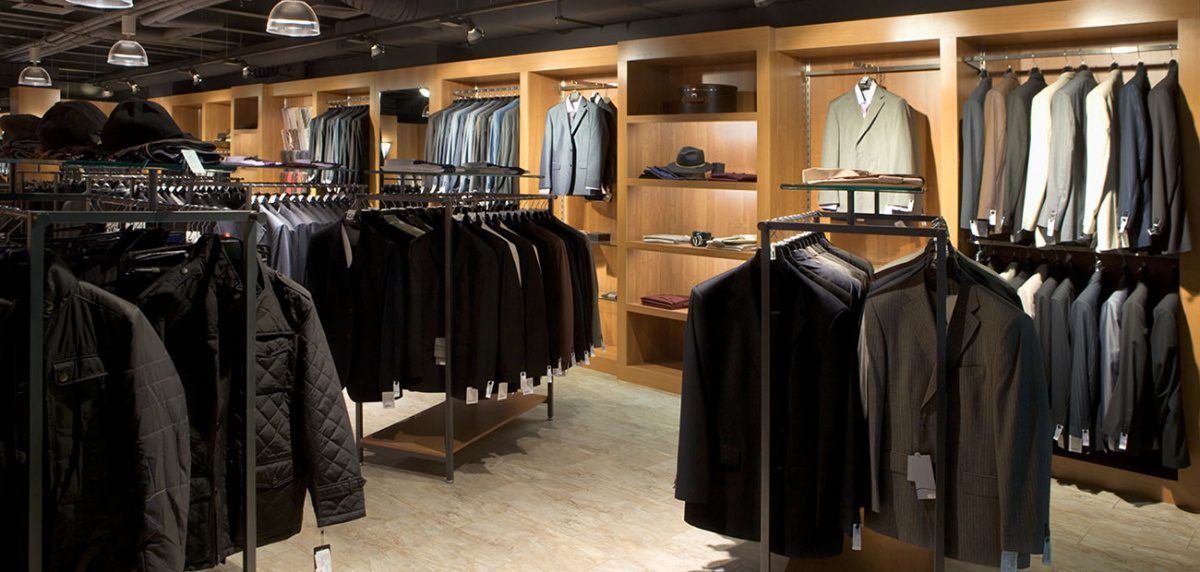When Macy’s announced in August 2016 that it would be closing down 100 of its 728 stores, analysts in the retail industry predicted a grim end for brick-and-mortar stores across the country. Since then, brands such as J.C. Penney, Sears, Ralph Lauren, and others have struggled with poor holiday sales, announced hundreds of store closings, and laid off thousands of workers.
Financial services company Credit Suisse predicted that 2017 would see the “highest number of [retail store] closures since the Great Recession.” And the actual numbers appeared to back this up; from January through May 2017, there were 18 retail bankruptcies (more than in all of 2016) with more firms predicted to witness major revenue deceleration in 2018, according to RBC Capital Markets. Nearly 7,000 store closures were announced last year, a 200 percent increase over 2016. The trend seems on pace to continue, with CNBC reporting that 2018 is set to break a record of store closures
Brick-and-mortar stores continue to see sales fall on the back of weaker mall traffic amid rising competition from e-commerce stores, which continue to record significant growth in traffic, sales, and revenue. This is due to key differentiators that benefit online retail, such as more consumer-focused technology and lower prices. But the situation is also being driven by changing consumer buying patterns. According to the Pew Research Center, nearly 80 percent of Americans now make purchases online, vs 22 percent in 2000. In addition, 15 percent say they buy online on a weekly basis and 28 percent buy online a few times a month.
Technology is upending the retail industry like never before. As digital platforms become democratized, the barrier to entry is lowered and more players are coming on board. Accessing thousands of willing buyers has become as easy as setting up an account on Amazon. As half of the items on the platform are sold by third-party sellers who may not be obligated to pay sales taxes on goods sold online, these stores are able to operate on smaller margins, giving them an unfair advantage over brick-and-mortar stores. Clearly, ecommerce is winning the race. But this doesn’t mean the end of brick-and-mortar stores. They just need to change how they appeal to consumers.
It’s All About the Experience
According to PwC’s 2017 Total Retail Survey, about 45 percent of customers say convenience is a major reason they prefer online stores to physical storefronts. Amazon’s free instant pickup service is also showing how online retailers are beginning to compete with one of the few benefits brick-and-mortar stores traditionally offered over online by servicing immediate needs. But what if experiences could reimagine the desire for convenience? Here’s how three emerging technologies to have the ability to improve the in-person shopping trip.
Virtual reality tools are beginning to be utilized in retail stores across the globe. VR creates experiences that are not only sometimes fantastical, but also purposeful and efficient. To ease purchasing decisions on big-ticket items, retailers are utilizing VR as a strategic tool that helps define the shopping experience. While many companies are still testing VR in their shopping equation, its functions already allow shoppers to virtually try on clothes, envision a rental space, or see themselves in the midst of cinematic entertainment. If customers are thinking of purchasing an item, 3D renderings used in tandem with VR headsets allow them to customize items. But VR headsets can also cater to a unique, personalized experience for each shopper. For both retailers and commercial real estate developers alike, a major draw is the ability to add VR features to architecture and retail focal points, enriching the experience for visitors and passers-by.
The Internet of Things is easily integrated with physical outlets to offer meaningful shopping experiences. Like Amazon and Adobe’s “Store of the Future,” high-tech stores can now provide a seamless shopping experience in-store. For example, in the Adobe store, a cloud platform powers radio-frequency identification chips inside shopping bags. The bags allow shoppers to easily browse and save items to their carts. When shoppers head to the dressing rooms, they can view all their items on a flat screen, and purchase them using their personal devices. IoT’s cloud-based services can not only optimize the experience but also provide helpful, real-time shopping data to retailers on the customer’s purchases and experiences. While assessing consumer satisfaction, IoT can also make the room more comfortable for visitors, adjusting the temperature and settings to the biometrics of shoppers.
Interactive features are a big part of the draw of brick-and-mortar stores. Retailers should look to implement interactive touchscreen mirrors and pads to improve customer assistance while also personalizing the shopping experience. For example, if the consumer is trying on clothing, they can adjust the lighting or offer artificial intelligence–generated suggestions for how to wear items. These mirrors and panels can text the item’s information directly to shoppers in case they decide to buy later. Retail brands can therefore build more personal and trusting relationships with these tools. Such features can also create loyal shoppers who return to experiences they can’t find online. Ralph Lauren installed these mirrors at their main store in New York and reported a 90 percent engagement rate across all users.
Creating Destination Appeal
Every retail operator wants to be located in a hallmark destination, because this motivates shoppers to return to brick-and-mortar shops again and again. In this market, destination appeal is built into locations by offering a range of activities. Each space should use a variety of aesthetics that correspond with the activity, but also transport participants to another place integrated into the surrounding architecture or natural landscape. Urban Outfitters’ UO Happenings organizes location-based meetups and events, like yoga classes and live musical performances for customers and prospects in its target demographic. By creating a lifestyle component for the business, the company is able to enrich customers’ experiences, build trust and foster brand loyalty. Shoppers who simply buy items online miss out on such real human interactions.
Architecture has a role to play here too. When each building and storefront sports a range of cultural styles alongside open spaces and lighting installations, shoppers experience something not seen online. The goal is to make guests feel pampered, included, and part of a retail community.
Brick-and-mortar shops are here to stay, though the lines between online and physical stores will continue to blur. In the years to come, the brick-and-mortar retailers that will continue to struggle are the ones who fail to capitalize on innovations. Shops that don’t move online or create an multichannel experience that effectively meets the needs of shoppers will find themselves outmatched.




